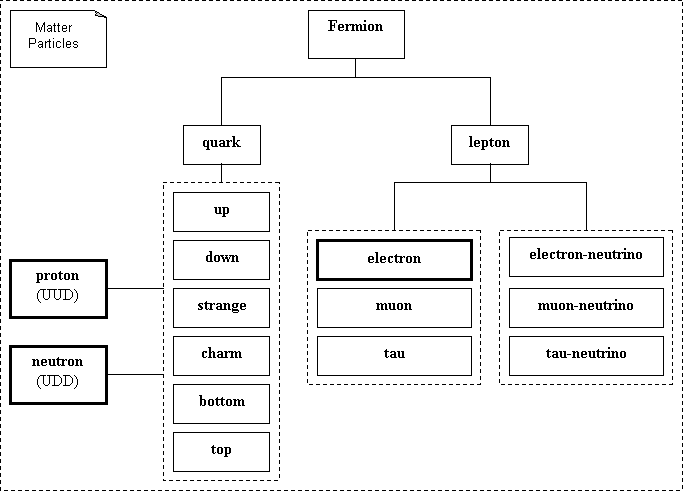29 October 2005
String theory's sad demise?
I can't keep up with modern physics as much as I'd like, so I was kinda shocked when I heard string theory outed as the emperor's new whatever last Friday on Talk of the Nation's Science Friday (not yesterday, but a week before). On it, Lawrence M. Krauss was talking about his latest book Hiding in the Mirror: The Mysterious Allure of Extra Dimensions, from Plato to String Theory and Beyond (from Amazon's comment, apparently everyone listened to that show). I read Brian Greene's The Elegant Universe when it first came out and loved it--nice overview of string theory and everything leading up to it. Etc. Everyone's either read it or read of it, so that hardly needs to be repeated (his second one was a little more dense and needs a second reading). Now, Lawrence Krauss seems to be tearing down string theory by using the same concerns that we've read about: it lacks provability or disprovability with our current understanding. While these have always been issues to be resolved Krauss is saying that it's been too long and that they can never be resolved.
Definitely a book to-be-read. Hello wishlist. Several of his other books look familiar too.
Anyway, it got me digging through and old chart I made of the standard model in order to organize the basics in my head:


Although the chart in Wikipedia's article is let's-just-say a little more detailed.
[ updated 31 July 2008 ]
I can't find the docs with the original charts above, so I'll have to textually update.
Protons and neutrons are part of the class of matter called hadrons, all made from quarks and anti-quarks (quarks with a negative charge). The two types of hadrons are baryons and mesons (which are composite bosons, but still considered fermions). The difference between the two is their baryon number (which simply defines a ratio of quarks and anti-quarks).
- Posthuman dystopia posted by sstrader on 22 March 2015 at 10:21:25 AM
- Today's reading list posted by sstrader on 19 January 2014 at 12:10:54 PM
- Closing posted by sstrader on 18 January 2014 at 9:51:27 AM
- Info wars 2010 posted by sstrader on 13 February 2010 at 11:50:50 AM
- Limiting noise posted by sstrader on 15 December 2009 at 9:58:00 AM